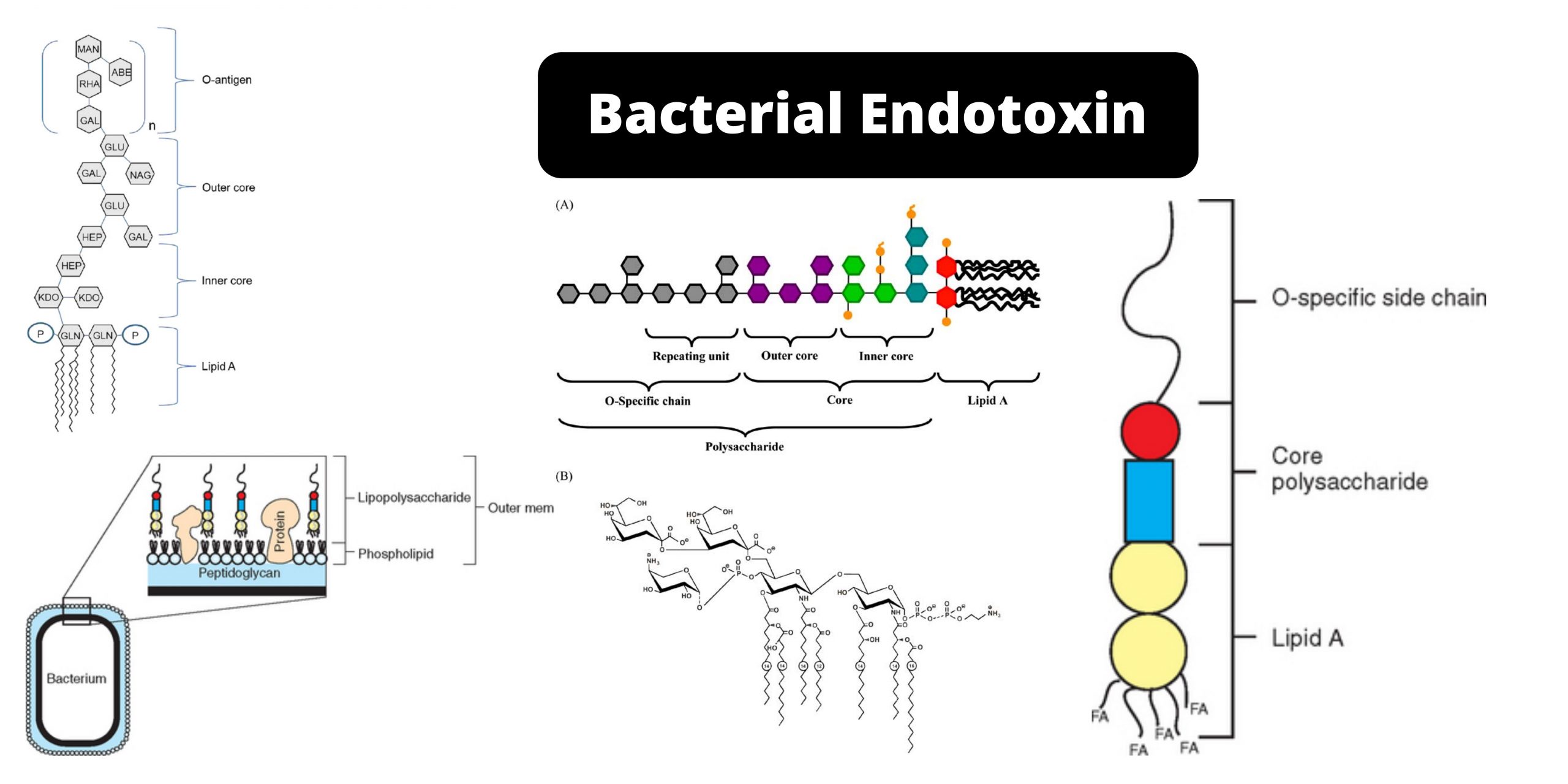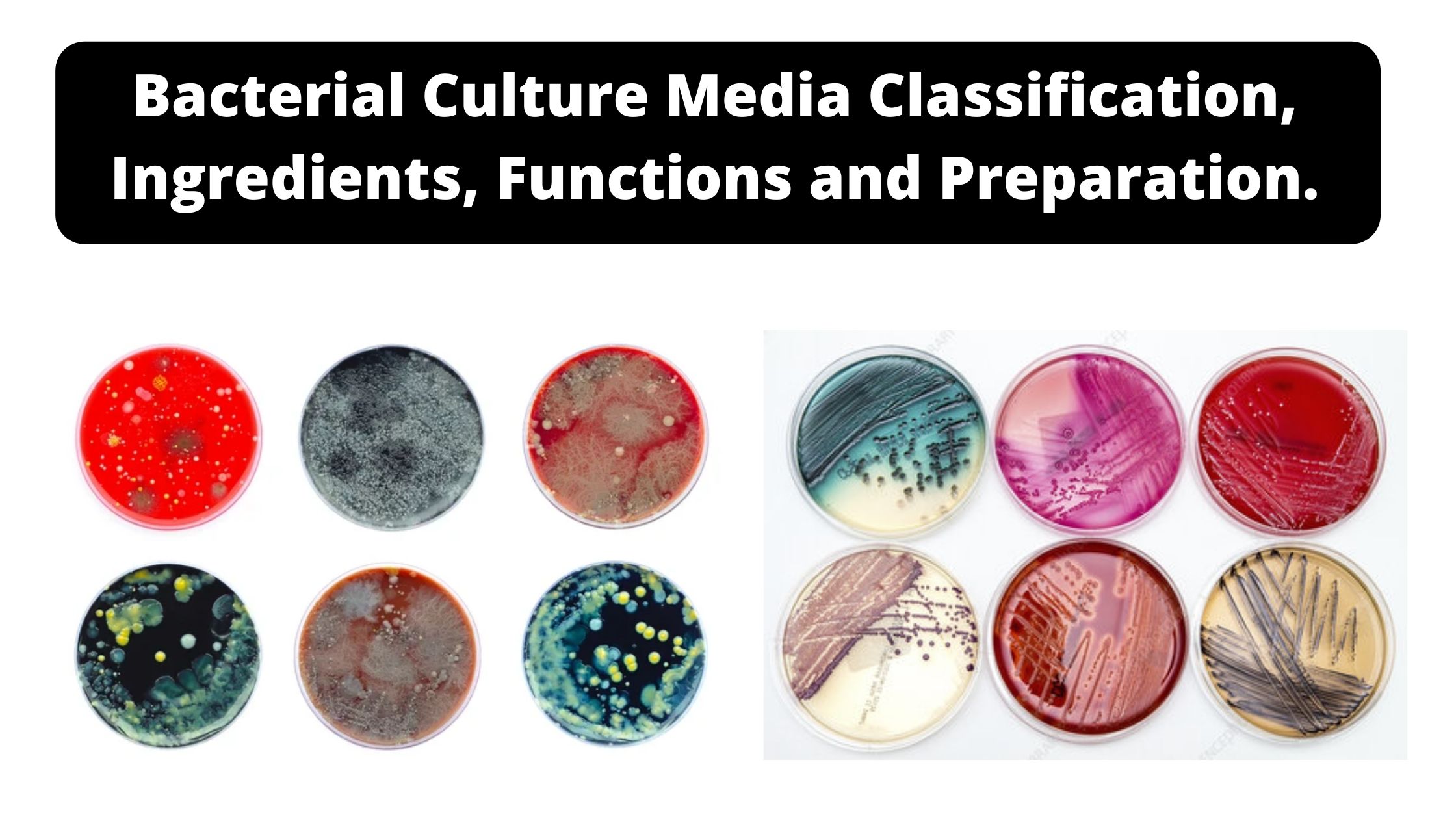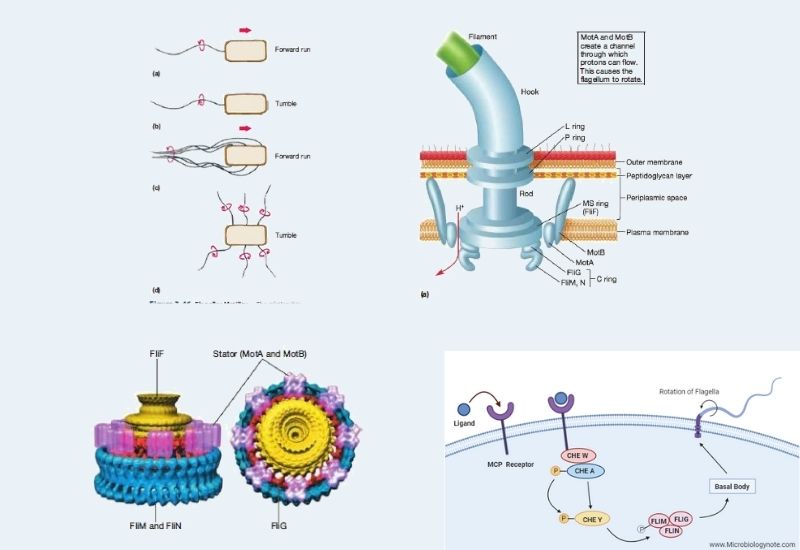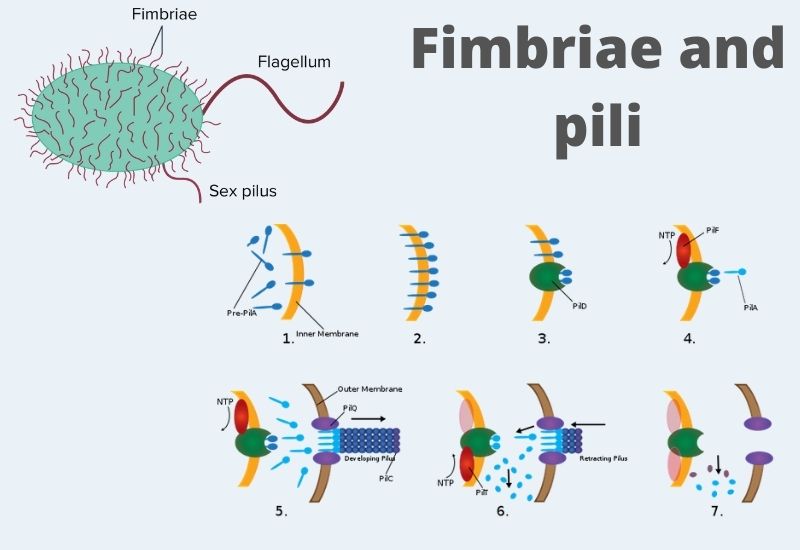Factor affecting bacterial growth
In the context of human beings,”growth” is a reference to the increase in size; as an example changing from a tiny newborn to a huge adult. While bacteria can grow in size prior to the division of cells, growth in bacteria is a term used to describe increasing the amount of organisms, instead of the … Read more









